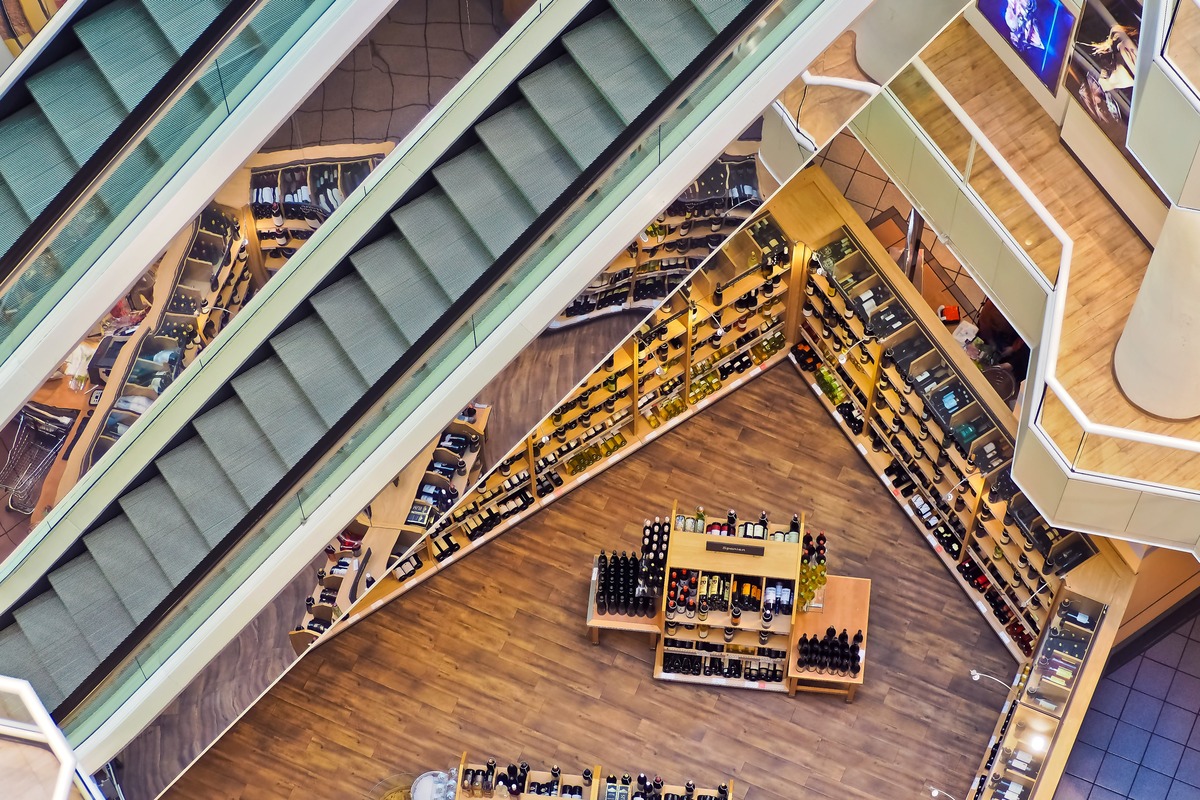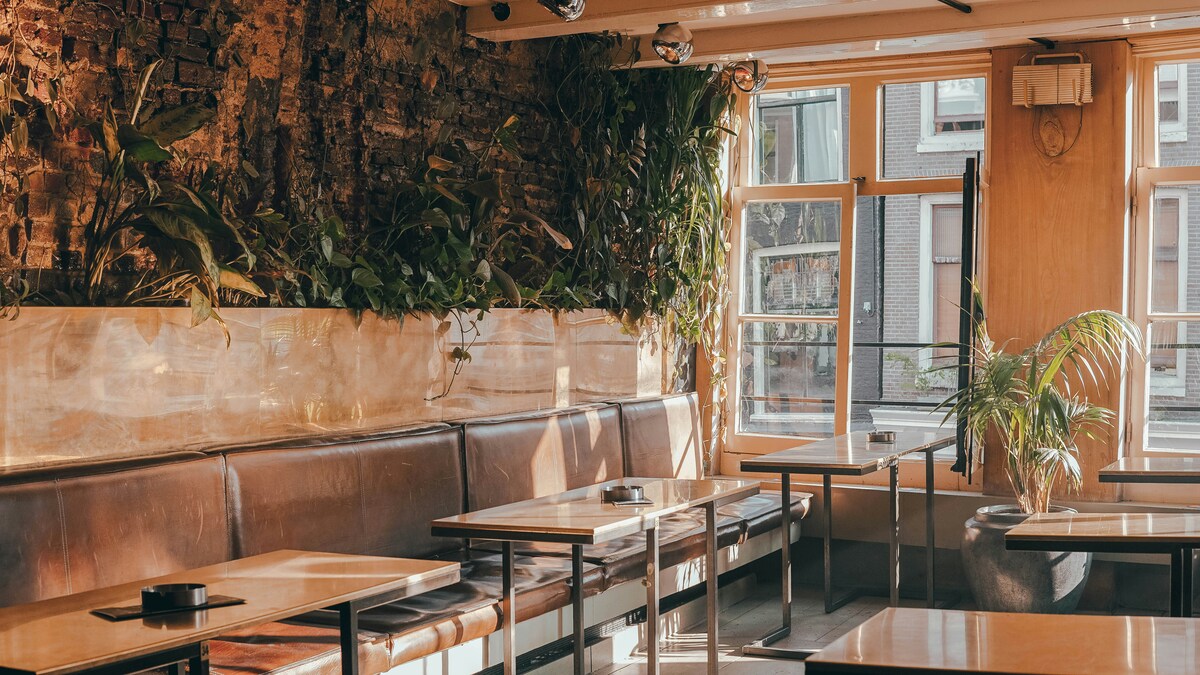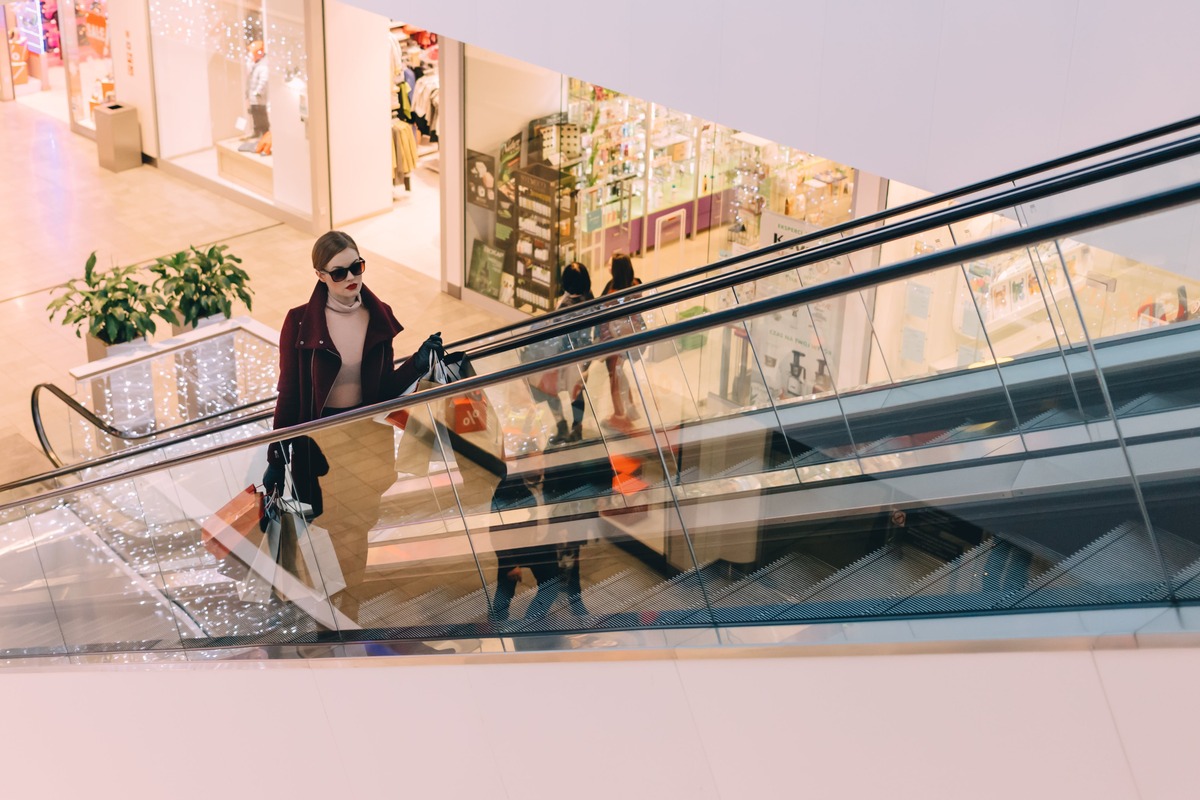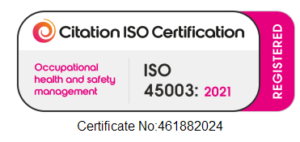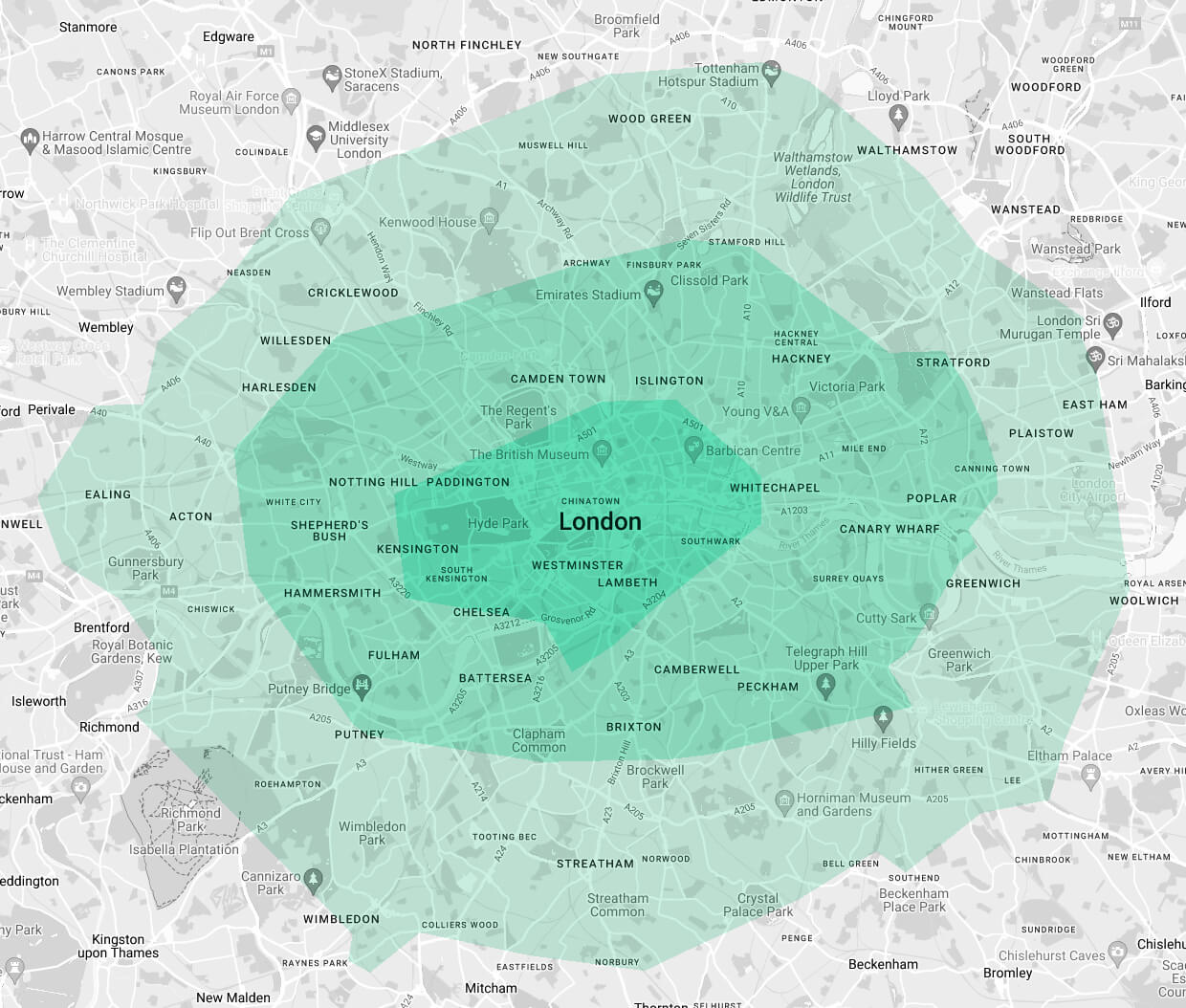
In the fiercely competitive world of retail, the importance of an effective store layout cannot be overstated.
A well-thought-out store layout can significantly impact customer experience, sales, and brand identity.
That’s where retail design comes into play. In this blog, we’ll delve into the intricate art of retail interior design, exploring how it can be harnessed to optimise your store layout, ultimately boosting your business.
Read on for more.
The essence of layout design
A successful storefront retail business will incorporate best practices of store layout and retail design.
The store layout serves as the canvas on which the retail experience is painted. It encompasses the arrangement of products, aisles, signage, and even the placement of shelves and fixtures.
A well-executed layout design can captivate customers, guide their shopping journey, and influence their purchase decisions.
Retail design, in essence, is the art of shaping spaces to enhance the shopping experience.
It merges aesthetics with functionality, using a strategic blend of colours, lighting, textures, and materials. Naturally, a clean and well-presented environment is key.
When intertwined with store layout, retail design transforms a space into a compelling narrative that engages customers on a sensory level.
Navigating the retail interior design landscape
One of the most conspicuous aspects of retail interior design is aesthetics.
It’s not merely about making your store visually appealing; it’s about crafting an ambience that resonates with your brand and appeals to your target audience.
Colours, signage, and decor should all harmonise to convey your store’s identity and effectively reflect its brand.
In an era where every square foot counts (commercial rents are on the up), optimising space efficiency is paramount.
Retail interior design can help create the illusion of space through clever layout choices, the strategic use of mirrors, and by selecting furnishings that fit seamlessly within the store’s dimensions.
Crafting an effective store layout
A well-conceived retail store layout should guide customers through a logical and engaging path. Consider the flow and circulation within your store.
Ensure that high-traffic areas are used for prominently displaying your most sought-after products, while less-frequented sections can host slower-moving merchandise.
Retail interior design hinges on the strategic placement of products. This isn’t just about putting items on shelves but arranging them to capture attention and encourage exploration.
Employ techniques such as cross-merchandising and focal points to highlight key products and promotions.
When considering product placement, also look to take care and attention to choose the right shelving, and display cabinets, and other storage solutions.
They not only hold your products but also dictate the organisation and accessibility of items. When implementing retail design principles, select fixtures that align with your brand’s image and create a harmonious visual appeal.
Finally, consider the impact of light on your store.
Lighting is a powerful tool in retail interior design. It can set the mood, highlight specific areas, and even influence the perception of product quality. Use a combination of ambient, task, and accent lighting to create a well-lit, inviting atmosphere.
The psychology behind store layout
Understanding customer behaviour is at the core of effective layout design.
Shoppers have tendencies and preferences that, when catered to, can boost sales. For instance, placing essential items at the back of the store encourages customers to explore and potentially make additional purchases along the way.
Entrances and exits are key touchpoints in your store layout. They offer an opportunity to make a lasting impression. Consider using design elements such as signage, lighting, and eye-catching displays near these areas to capture attention and draw customers in.
Retail design trends and innovations
In the digital age, incorporating technology into your store layout can be a game-changer. Experiential retail, including interactive displays, touch-screen kiosks, and even augmented reality experiences, can elevate customer engagement and set your store apart from the competition.
In 2023, remember that consumers are increasingly eco-conscious, and this has spilled over into their shopping habits. Integrating sustainable materials and practices into your retail interior design not only aligns with consumer values but can also be a unique selling point. For more information about making your retail space sustainable, check out our recent blog.
Think FM has some of the hardest working commercial cleaners London has to offer and we have seen that flexibility is becoming more critical in retail design.
Adaptive layouts that can be easily reconfigured to accommodate different promotions, seasonal changes, or shifts in customer traffic can help stores remain dynamic and responsive.
The bottom line: Investing in retail interior design
While investing in retail interior design and optimising your store layout may require an initial financial commitment, the return on investment can be substantial.
Increased foot traffic, longer dwell times, and higher sales are just a few of the benefits that a well-designed retail space can yield.
In the fiercely competitive retail landscape, making a lasting impression is vital. A thoughtfully designed store layout can create an emotional connection between your brand and your customers, fostering loyalty and advocacy.
Layout Design: Using Retail Design to Optimise Store Layout
The art of layout design and retail interior design is an ever-evolving field.
To remain competitive and relevant in the retail industry, businesses must constantly evaluate and refine their store layouts.
By leveraging the principles of retail design, you can create an immersive shopping experience that not only attracts customers but keeps them coming back for more.
In this dynamic environment, the layout design of your retail space is a potent tool that can elevate your brand and drive success in an increasingly crowded marketplace.
It’s worth noting, though, that however well-thought-out your store layout or lighting, their effectiveness will always be limited by how clean and tidy the space is.
It’s vital that you have a retail cleaning strategy in place to ensure a positive and healthy environment is sustained for customers and staff alike.
We specialise in retail cleaning London stores need and we have the daily office cleaner London companies are looking for too.
We provide the high standard of commercial office cleaning London businesses are looking for. For more information, please get in touch.
share this article
